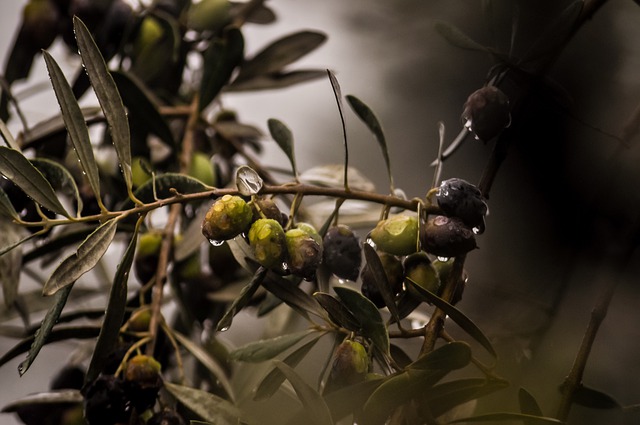Calculating the economic impact of deadly olive tree pathogen in Europe
A team of researchers from Wageningen University, Institut Valencià d’Investigacions Agràries and the Spanish Institute for Sustainable Agriculture has conducted an economic impact study for the olive industry in Europe’s three primary olive-producing countries in light of the arrival of a deadly olive tree pathogen. In their paper published in Proceedings of the National Academy of Sciences, the group describes their study of the losses the industry is facing if drastic measures are not taken.
In 2013, a new bacterial infection was identified in olive trees in Italy: Xylella fastidiosa. Study of the bacteria showed that it was spread by insects, primarily the spittlebug. Since that time, X. fastidiosa, which has come to be known as “olive quick decline syndrome,” or more succinctly, olive leprosy, has spread beyond Italy and into Spain and Greece. The spread of infected trees has become troublesome because there is no cure or treatment. The bacteria squeeze off a tree’s ability to transport water, causing death. Growers have resorted to removing trees, but it has not stopped the spread of infections. Prior research has shown that approximately 17 percent of Italy’s olive-producing regions are currently infected. In this new effort, the researchers have calculated the economic impact of olive tree loss in all three countries under various scenarios. The current value of the olive industry is approximately €2.4bn for olives and €6.7bn for olive oil.
The researchers worked under the assumption that olive growers have just two options—allow infections to spread until there are no more olive trees, or replant species that are resistant to X. fastidiosa as current trees die. Under the worst-case scenario, the researchers found that Spain has the most to lose since that country has the largest olive-growing industry—they calculated losses of €17 billion over the next 50 years. For Italy, it would be €5 billion in losses and €2 billion in Greece. The researchers note that such losses could be averted if X. fastidiosa-resistant species are planted, or if a treatment or method is found to stop the infections from occurring. They also note that their calculations do not include other incidental losses, such as drops in tourism.
Read the paper: Proceedings of the National Academy of Sciences
Article source: Phys.org
Author: Bob Yirka






